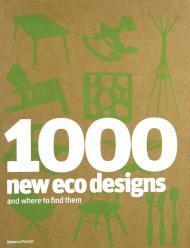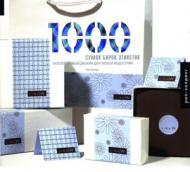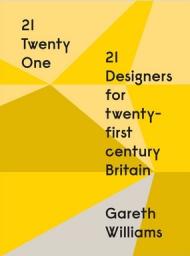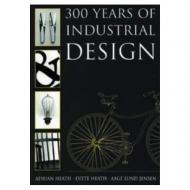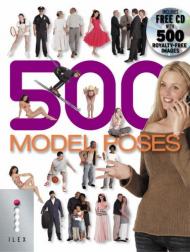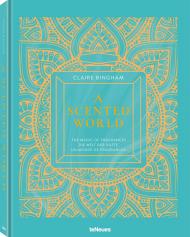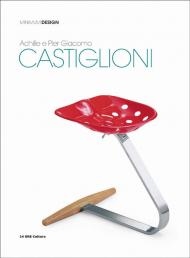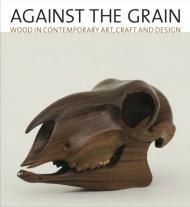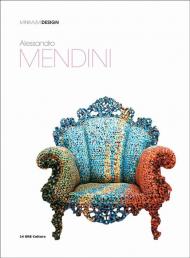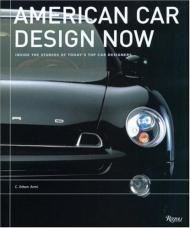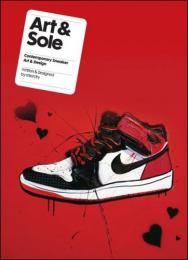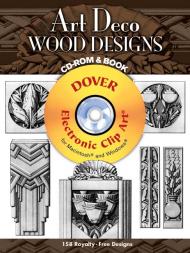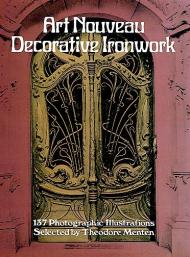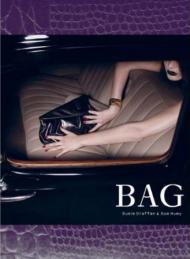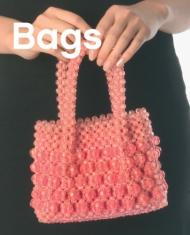As we become only too aware of the damage man has caused to the planet, more of us want to furnish and decorate our homes with products that do not harm the environment. But being sensitive to the environment does not mean you have to sacrifice good design. More and more designers are creating products that are both beautiful and ethical.
1000 New Eco Designs is a showcase of contemporary product design and interior products that are ecologically sound. Informative and visually inspirational, the book acts as a handbook, guiding readers through the complex issues involved in creating and choosing eco-friendly designs for the home.
A series of icons show each product’s 'green' credentials; highlighting the use of recycled, sustainable and locally-sourced materials as well as non-toxic, low-energy and low-waste manufacturing processes, so that readers can see at a glance the individual characteristics of each design.
The book also provides full information on where to source and buy the products featured.
Издательства
- Phaidon (11)
- Thames & Hudson (8)
- Rizzoli (7)
- Gestalten (5)
- SendPoints (3)
- Taschen (2)
- Design Studio Press (2)
- Skira (2)
- Strandberg Publishing (2)
- Design Media Publishing (2)
